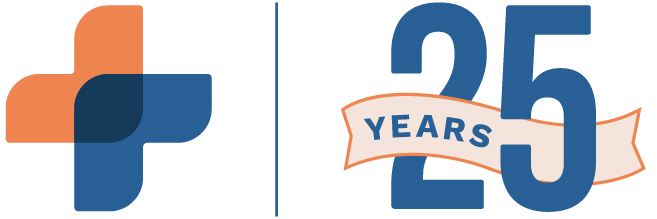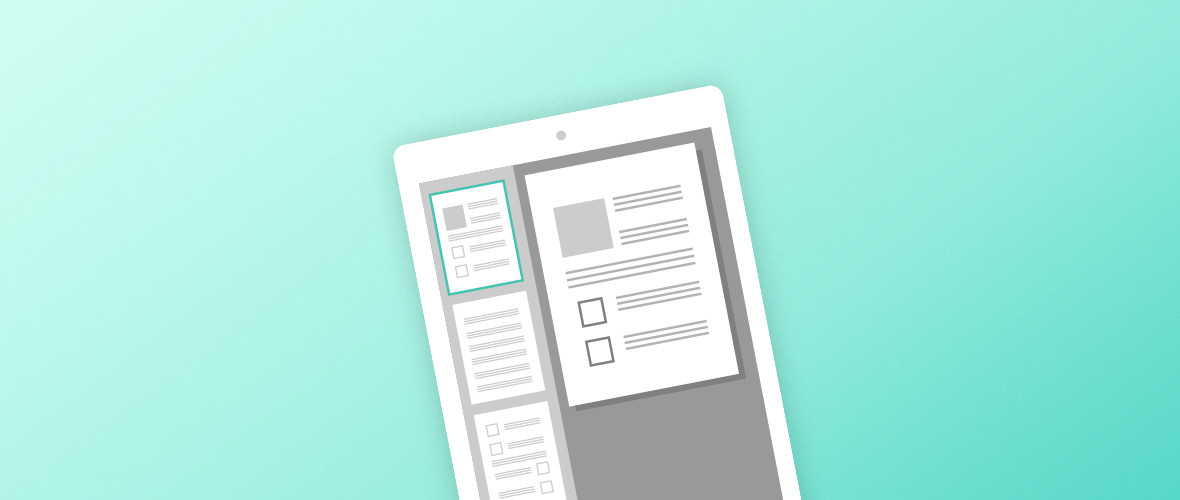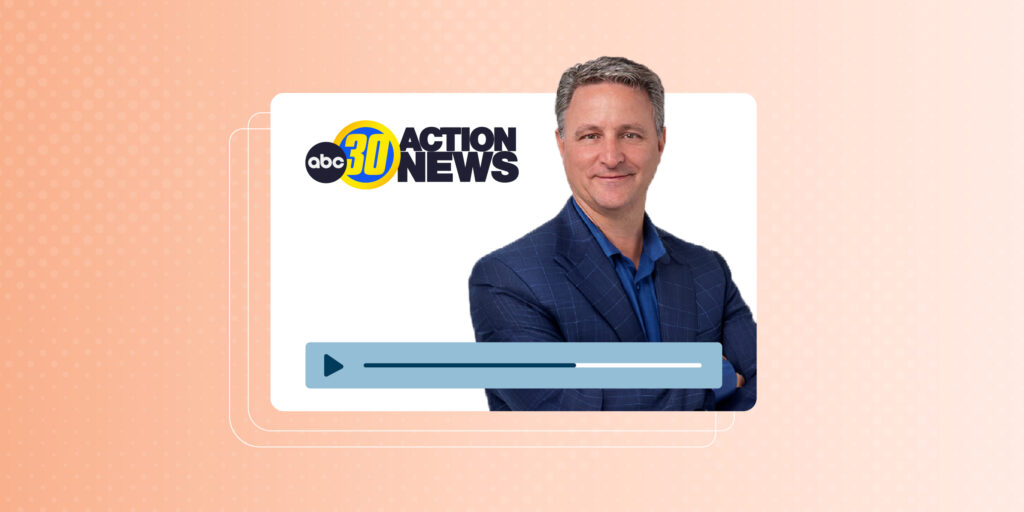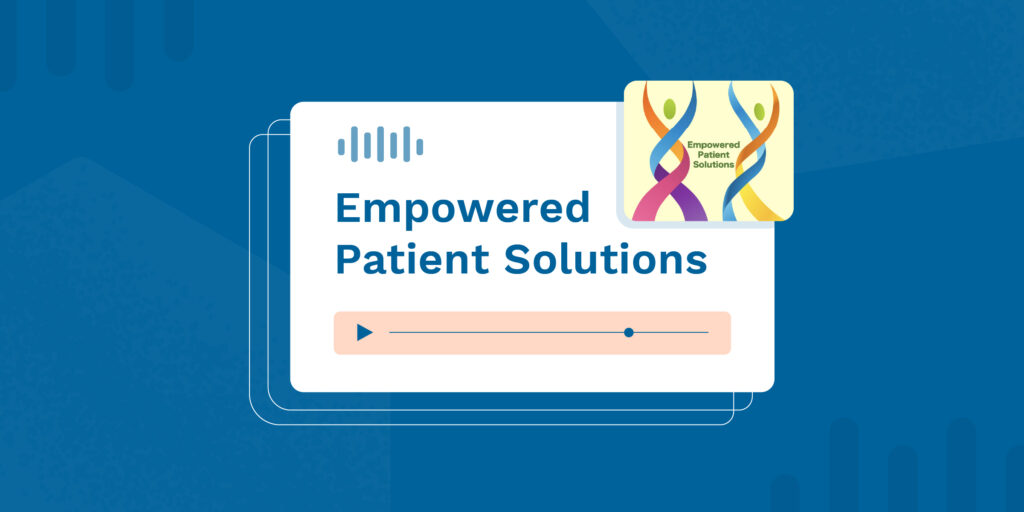For medical billing companies and practices alike collecting payments is not always an easy feat, and often times money is left on the table even after the initial payment is collected due to cumbersome payment posting processes. So what actually happens once you’ve successfully coded and submitted claims and receive your reimbursement?
The Problem: A member of my team manually enters data into a medical billing system
Not only does manual data entry take time, but it also leaves room for data entry error. When your staff receives an Explanation of Benefits (EOB) or Remittance Advice it might contain numerous lines of patient data, service dates, and procedure codes. This is a very tedious process and a simple data entry error might result in failure to bill a patient’s secondary, accidental acceptance of a denial, or incorrect data on patient balances.
The Solution: Automatic payment allocation with electronic remittance advice (ERA)
The advancement of technology allows medical billing systems to receive the same data being captured in the EOBs that you are used to receiving – this is done through ERAs. When receiving an ERA, medical billing systems can automatically allocate the payment saving time and eliminating manual data entry error.
The Problem: Not all of the insurance companies we work with send ERAs to the clearinghouse
As the medical billing industry is moving into the electronic era, many insurance companies still have not established connections with clearinghouses making it difficult for payments to get allocated and posted in medical billing systems. This often leaves billing companies and practices with no choice but to revert back to manual data entry.
The Solution: Easy payment allocation with ERA uploads
While connectivity improves between insurance companies and clearinghouses, medical billing companies and practices can leverage a medical billing system’s ERA upload capability in place of manual data entry. Once a member of your team has successfully downloaded the ERA message from a payer site (often referred to as an 835 message which can be understood simply as a HIPAA compliant ERA file), they can easily upload the file into the practice management system for full allocation of the payment.
The Problem: There is no easy way to manage denials without holding payments
It is not uncommon for ERAs to include denials or adjustments that billing companies or practices do not want to accept. In some instances, these denial and adjustment concerns might be limited to one or two line items within a single claim. When these situations arise, medical billing staff often have to make a choice between accepting denials and adjustments or holding a payment. The acceptance of inaccurate denials and adjustments equates to lost revenue. The holding of a payment leads to loose ends, delayed claim submission to secondary insurance payers, and postponed patient billing which ultimately results in delayed revenue.
The Solution: Line Item Payment Posting
Line item payment posting is a revolutionary way to look at payment posting. Practice management systems that have this capability make it easy to leave only the line items open for denials and adjustments you want to continue to work while allowing you to post the remainder of the payment. Instead of being caught between losing revenue and holding the payment, you can have a medical billing solution that gives you the flexibility to work denials and post your payment.
The Problem: I am not sure what happens after payments from a patient’s primary insurance have been posted
Without an electronic way to keep track of the next responsible party, billing companies and practices alike might lose track of which party needs to be billed and when that party needs to be billed. If you are not submitting balances to a patient’s secondary insurance every time you receive a payment from their primary insurance, you are likely leaving revenue on the table. If you are not automatically having statements generated once a patient’s balance is determined, you are likely leaving revenue on the table.
The Solution: Automatic requeue of claims and generation of patient statements
Medical billing systems can easily and automatically detect when there is a party responsible for balances after the primary insurance and before the patient. When this happens, your medical billing system should automatically detect the next responsible party and generate a claim to that responsible party. When the next responsible party is the patient, your medical billing system should automatically update the patient’s balance and generate statements based on your unique statement cycle.
RXNT is in the business of solving common problems for medical billing companies and practices and we would love the opportunity to further discuss our software solutions with you. Please reach out to 1-800-943-7968 Option 3 to talk with one of our product experts to see if our solutions might just help your organization’s payment posting process.





